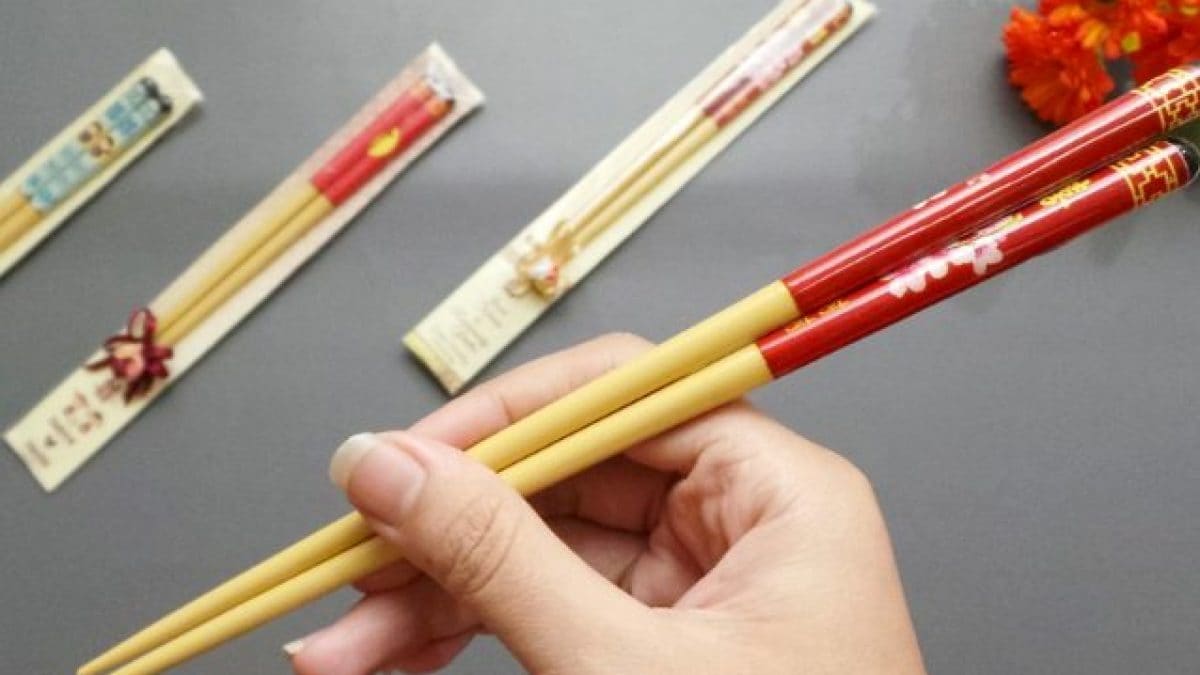
Americans tend to see chopsticks as just another eating utensil—like forks, but harder. So, licking them might seem like a harmless habit, a quick clean-up job between bites. But in many Asian cultures, especially Japanese and Chinese, chopsticks are more than just tools—they’re bound to etiquette, tradition, and social respect. Licking them in public isn’t just a bad look; it’s the culinary equivalent of biting your fork at a formal dinner. To put it plainly, you’re not just breaking a rule—you’re unintentionally disrespecting a centuries-old dining code.
From Rude to Crude—The Unspoken Signals
Licking your chopsticks can signal more than a love for the soy-glazed tuna roll. In Japan, this act can appear crude or juvenile, especially in formal or traditional settings. It's associated with impatience, poor manners, or even greediness. In some cases, it can resemble funeral rituals, where chopsticks play a symbolic role in passing bones of the deceased—a comparison no one wants made over a plate of sashimi. It’s not that anyone thinks you’re performing a ceremony, but the visual echo is strong enough to kill the vibe.

Sushi Chefs Are Watching (And Judging) Quietly
In many high-end sushi spots, chefs sit within slicing distance of your seat. They watch how you handle their craft, not for snobbery, but because their food is an extension of tradition, training, and pride. If you lick your chopsticks, it might be dismissed with a polite smile, but make no mistake—it leaves an impression. The same way a barista might grimace when you microwave a cappuccino, a sushi chef registers these cultural slips. It’s a small act, but it can undercut the quiet reverence that surrounds sushi preparation.
You’re Not at a BBQ Joint, Cleanliness Counts
Another issue is hygiene. Licking chopsticks and then dipping them back into shared soy sauce or family-style platters isn’t just bad manners—it’s borderline gross. While communal eating is normal in many Asian cultures, it’s built on a subtle code of etiquette to keep the shared experience pleasant. Constantly bringing your chopsticks from mouth to platter with a coat of saliva in between? That’s the germ-sharing equivalent of double-dipping. It’s not illegal, but it’s definitely uncool.

Subtle Elegance, Not Sticky Fingers
Sushi culture, at its heart, is about balance—flavor, texture, presentation, and yes, behavior. Part of the experience is learning to flow with that subtle rhythm, not bulldozing through it with a Western appetite. Licking your chopsticks feels off-beat in this quiet ballet. If you're hungry between plates, sip your tea, chat with your dining partner, or simply wait—good sushi is worth a pause. Your self-control adds to the experience in a way that sticky chopsticks never will.
;Resize,width=767;)
